The duties and responsibilities of the Aviation Special Processes Technician are wide-ranging and the task of identifying duties common to most technicians in the industry was a challenging one. The Occupational Standard attempts to define the scope of these tasks and the required knowledge and abilities to perform them to the level of a qualified practitioner.
The main duties of an Aviation Special Processes Technician consist of the following: cleaning and stripping components and materials using chemical, electrical and mechanical processes; surface treatment of components and materials such as conversion coating, deposition, plating, thermal spray, diffusion coating and etching; shot, glass and flap peening processes and heat treatment such as hardening and stress relief and furnace brazing.
Aviation Special Processes Technicians are thoroughly familiar with the principles of chemistry and have extensive knowledge of safety requirements, as well as rules and regulations that apply to their work.
Certification Requirements
To qualify for certification with CCAA, the applicant must possess the necessary knowledge and skills and have acquired a minimum of twenty-four (24) months in the occupation. In addition, the applicant must also demonstrate a minimum of six (6) months experience in each of the appropriate specializations and sub-areas for specialization.
The four (4) main areas of specialization are:
- Cleaning / Stripping
- Surface Treatment
- Peening
- Heat Treatment
The tasks in the logbook were made as generic as possible to accommodate the largest amount of work environments and equipment / tools but do not necessarily cover all tasks performed by individuals.
Tasks Common to Most Aviation Special Processes Technicians
(note that sub-tasks for each task are not shown below)
Block A — Safety and Security
Task 1 – Demonstrate Safe Working Practices and Techniques
Task 2 – Observe Security Measures
Block B — Basic Knowledge
Task 3 – Apply General Industry Knowledge to Perform Job Function
Task 4 – Follow Laws, Policies and Regulations and Standard Operation Procedures
Task 5 – Communicate Effectively
Task 6 – Use Science Principles to Perform Tasks
Block C — Pre-Treatment Process
Task 7 – Prepares Materials for Special Treatment
Block D — Cleaning/Stripping
Task 8 – Strip / Clean Surfaces Using Chemical Processes (Organic and Inorganic)
Task 9 – Strip / Clean Surfaces Using Electrical Processes
Task 10 – Strip / Clean Materials Using Mechanical Processes
Task 11 – Strip / Clean Materials Using Water Jet Process
Block E — Surface Treatment Task 12 – Perform Conversion/Deposition Coating Process (chemical)
Task 13 – Perform Plating Process
Task 14 – Perform Thermal Spray Process
Task 15 – Perform Diffusion Coating Process
Task 16 – Perform Etching Process
Block F — Peening
Task 17 – Perform Peening Process
Block G — Heat Treatment
Task 18 – Perform Hardening / Stress Relief
Task 19 – Perform Furnace Brazing
Block H — Post-Treatment Processes
Task 20 – Complete Process According to Documentation Requirements
